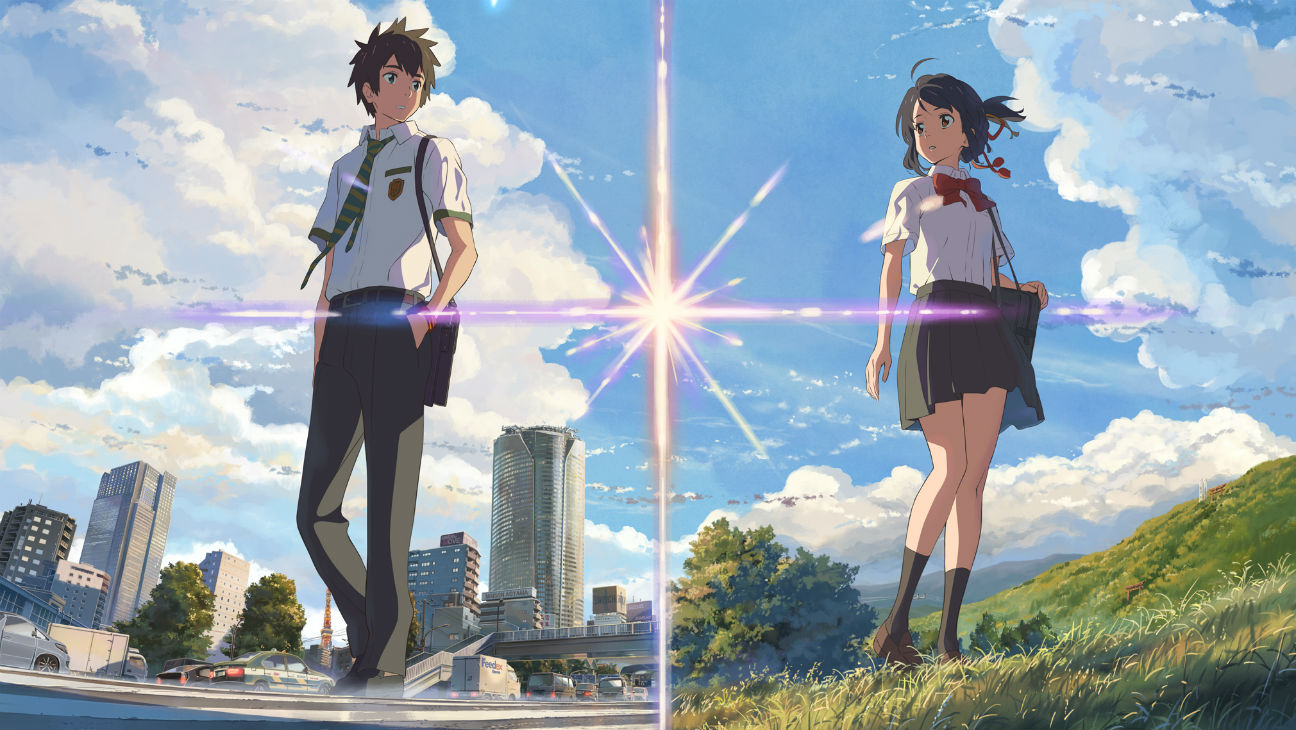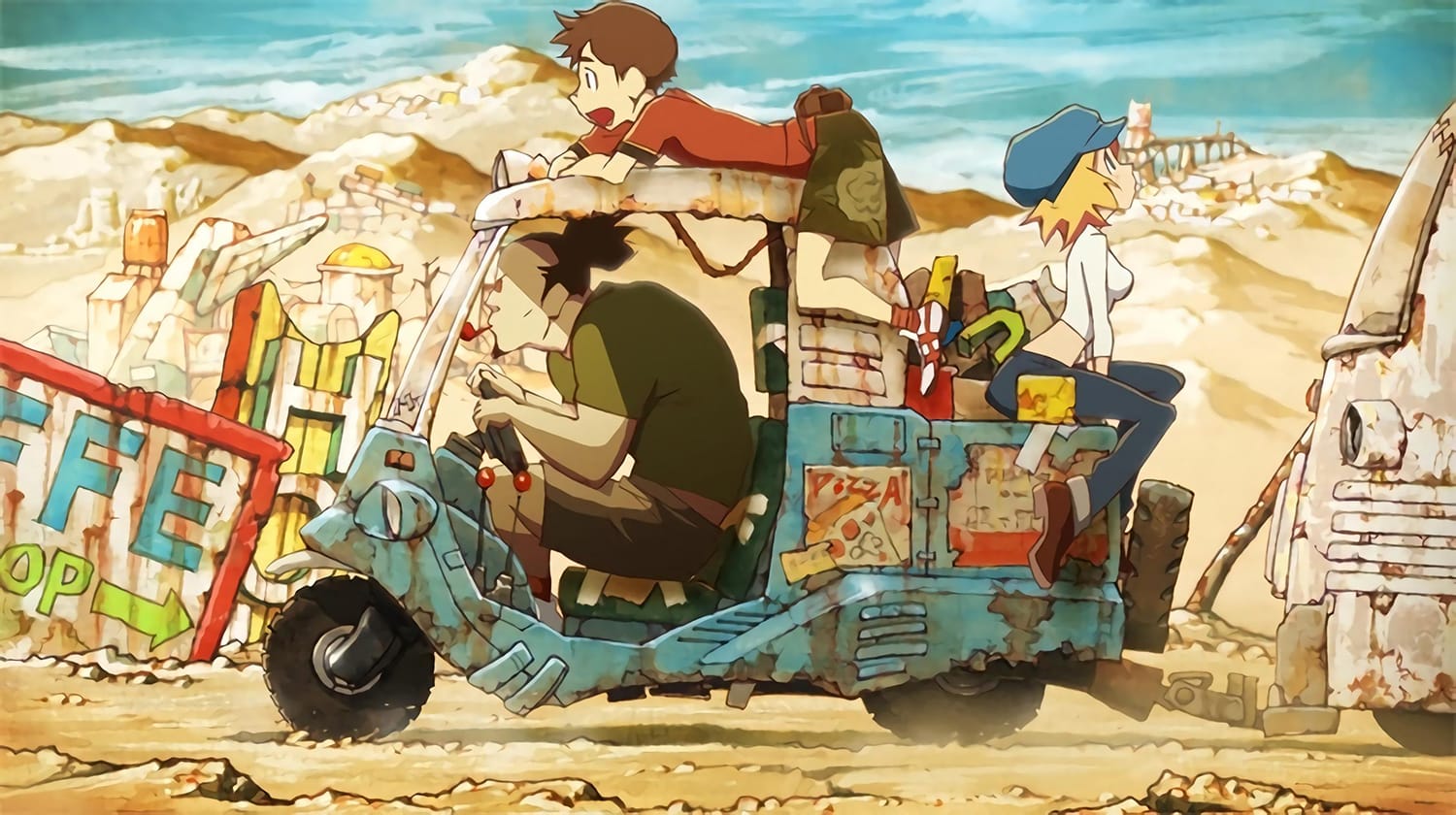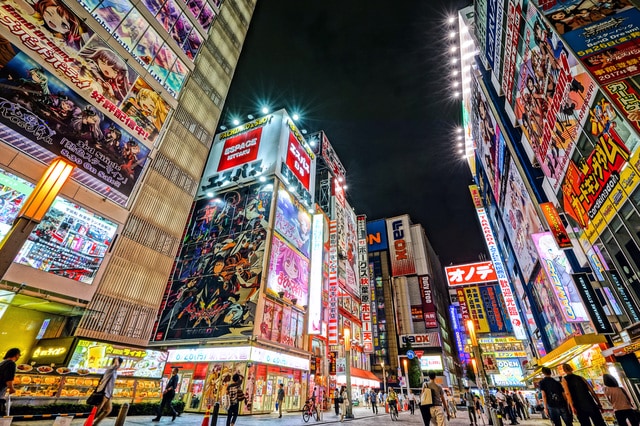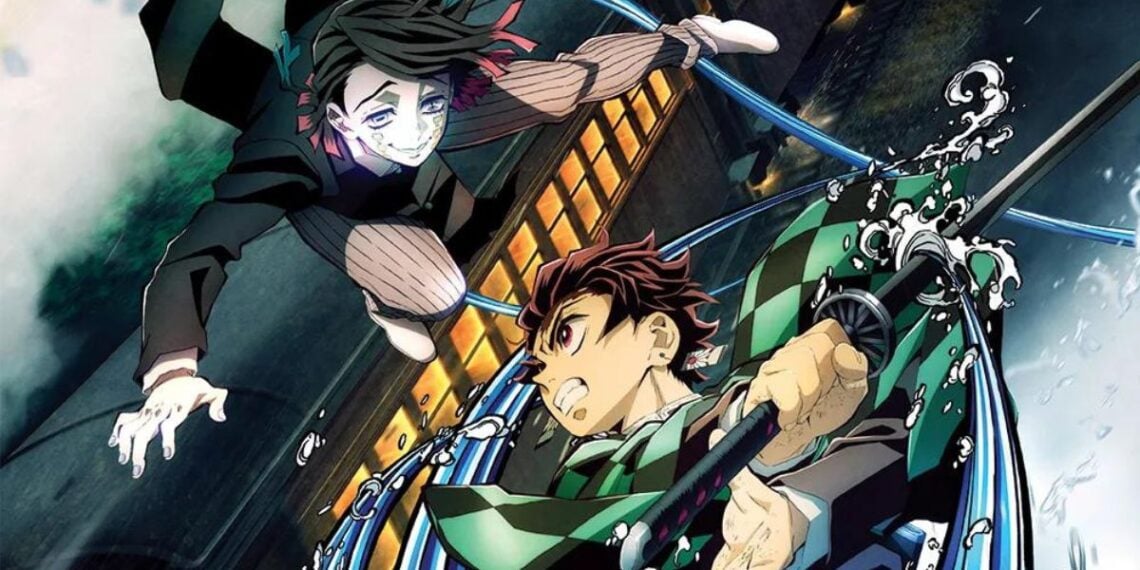The anime industry is an enthralling domain of artistic expression, crafting complex narratives that surpass cultural barriers and captivate the minds of millions of people globally. Anime is an art form that combines vivid visuals with captivating narratives, creating a tapestry that reflects the diversity of human experiences.
This is attributed to the visionary talents of creators as well as the meticulous craftsmanship of animation studios. With the expansion of accessibility through streaming platforms, anime’s impact has skyrocketed, moving from a specialized subculture to a worldwide phenomenon. However, beneath its vibrant exterior is a sophisticated landscaping.
In the current context, the anime industry is growing and becoming more and more well-known. Because it’s so simple to binge-watch anime on streaming services, it’s become a powerful medium. However, the unprecedented strain this demand spike has put on the industry has resulted in notorious working conditions and artist burnout.

Terumi Nishii, an anime industry veteran who has worked on shows like Jujutsu Kaisen 0, JoJo’s Bizarre Adventure, and Death Note, expressed worries about the anime industry’s future in Japan on social media.
On Twitter, Nishii highlighted an important point by saying, “Seriously, it’s over. Everything will end suddenly with the departure of Kagawa’s generation. By then, we must take action regarding the training programs.”
Terumi Nishii on the depleting anime industry talent
The artist brought up an important point: because independent animators provide the training, animation studios find it difficult to develop fresh talent. Nishii emphasized that inexperienced businesses, motivated only by financial gains, are unable to manage the critical responsibility of hiring and onboarding new employees.
Nishii’s message was clear-cut and to the point, highlighting the major changes that have occurred in the anime industry since the time of Hisashi Kagawa. The message examines how the industry has changed, bringing attention to common problems like required overtime and low pay for independent contractors.
Because of their rigorous production schedules, studios like MAPPA have come under fire. Nishii believes that if these difficult conditions don’t change, Japan’s anime dominance may eventually wane. Nishii draws attention to a crucial problem facing the industry by highlighting the dearth of direction and fundamental training for the upcoming generation of animators.

Unsettling Trends for Overwoken Animators Found in the Anime Health Survey
As reported by Nhk, a recent survey by the Japan Animator and Director Association has highlighted the alarmingly high rate of mental health problems among anime production workers.
It’s shocking to learn that 17% of anime creators either have mental health issues now or have in the past, including depression. Of the 429 participants, 73 admitted to having mental health issues, 291 (68%) said they were mentally tired, and 285 (66%) said they were physically tired.
Anecdotally, the report described the extraordinary devotion of a Tokyo-based female animator who, in her thirty minutes a week at home, brought “shampoo and towels” so that her studio could be used for sleeping. She acknowledged the difficulties and said she found the work fulfilling, but she also urged people to think about how anime producers are treated and the toll it takes on their mental health.

Who is Terumi Nishii?
Japanese animator Terumi Nishii is well-known for her work on David Production’s JoJo’s Bizarre Adventure: Diamond is Unbreakable as both the chief animator and character designer. After earning her degree from Osaka College of Design, she started off as an animator at Studio Cockpit before going freelance.
Nishii is in charge of character design for the upcoming Saint Seiya: Knights of the Zodiac on Netflix. Nishii is known for being an avid fan of the Saint Seiya series. As a chief animation director, she has worked on several series, such as Haikara-san ga Tōru, Servant × Service, Penguindrum, and Fushigiboshi no Futago Hime.
Along with Mitsuko Baba, Nishii is frequently compared to Yoshihiko Umakoshi in terms of style; all three artists were influenced by Shingo Araki’s creations. Nishii also makes dōjinshi, especially her own series called “Crown of Uroboros,” which she sells every year at Comiket as a member of her BBM/ BKM circle.




